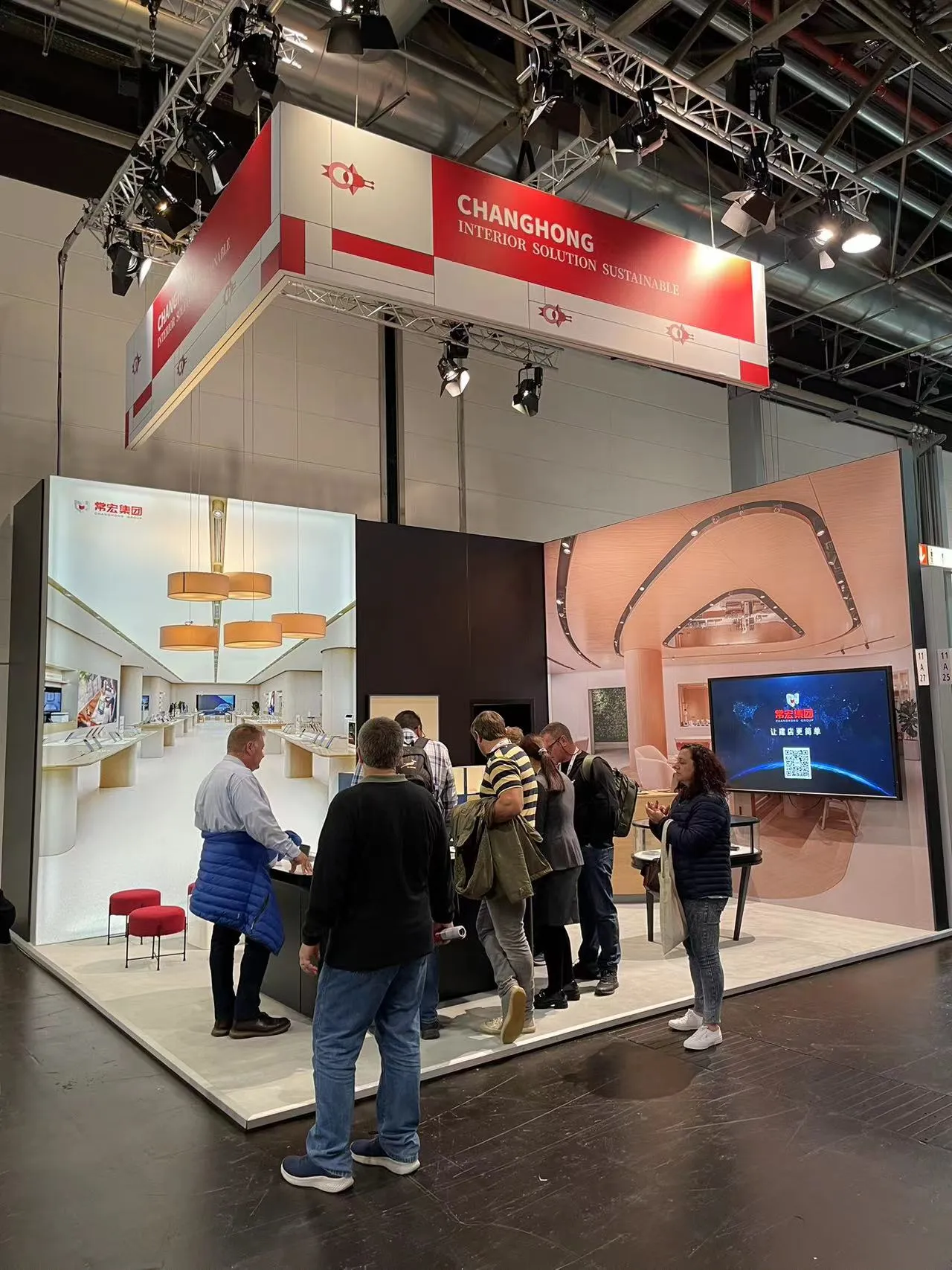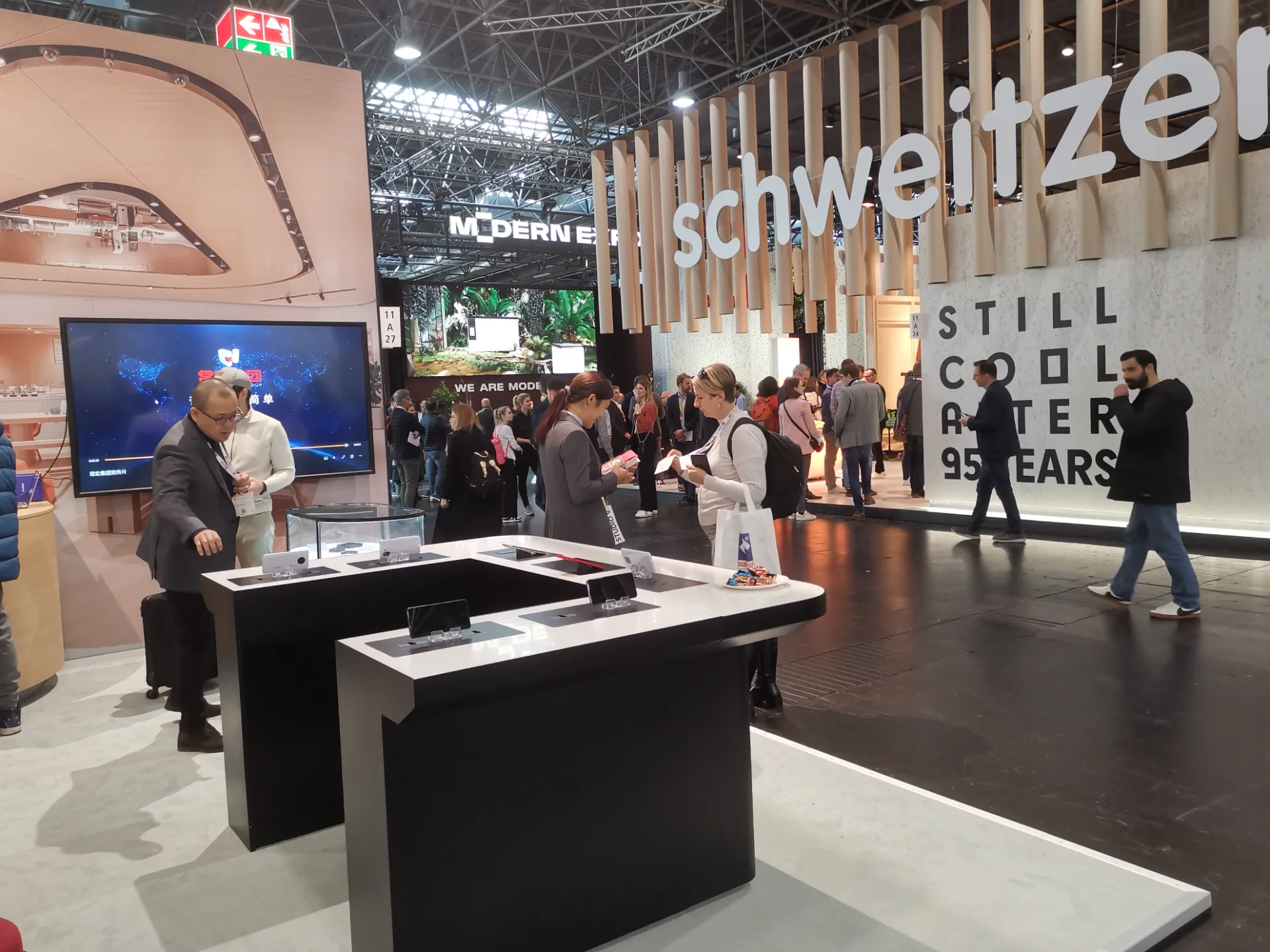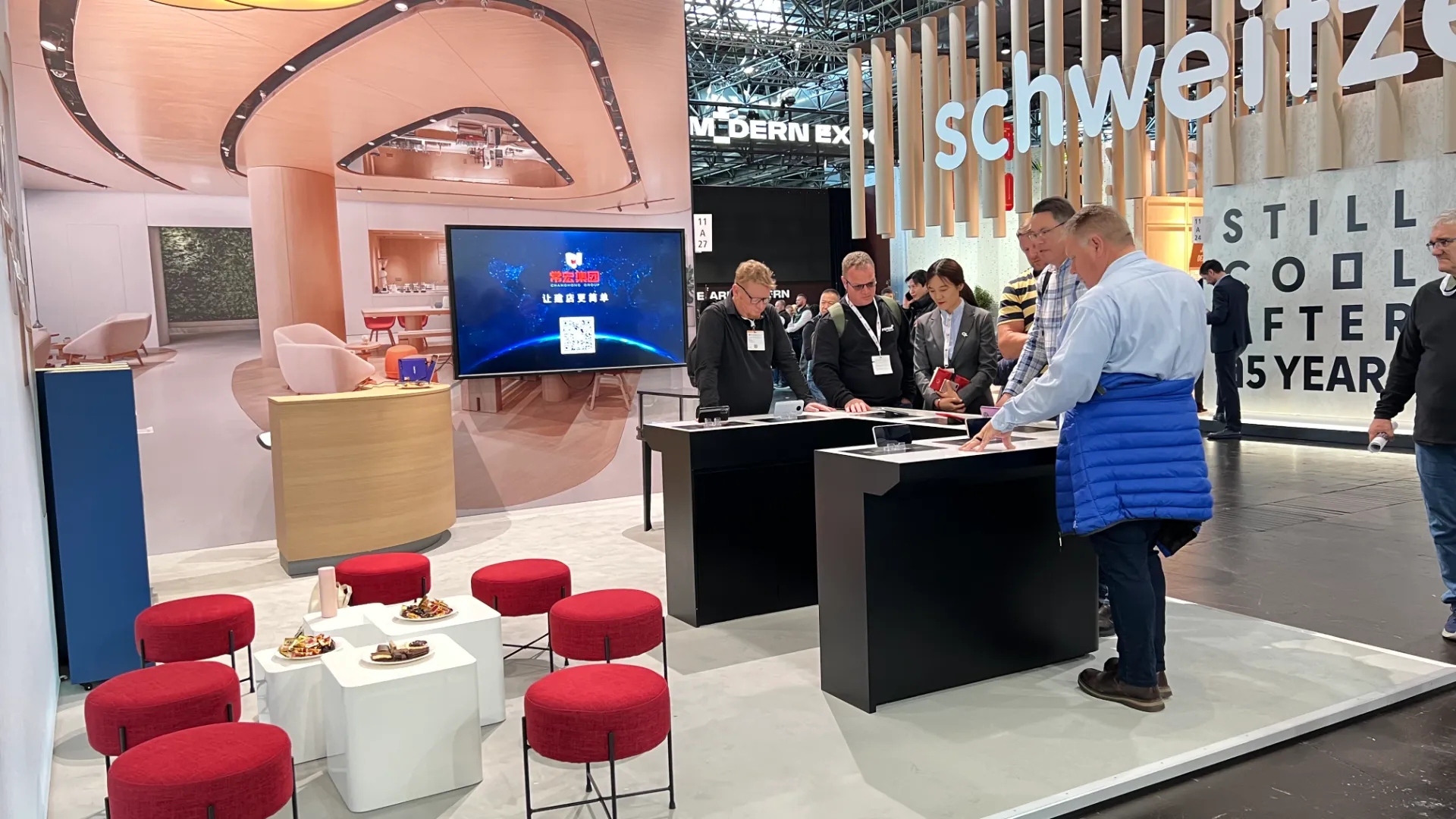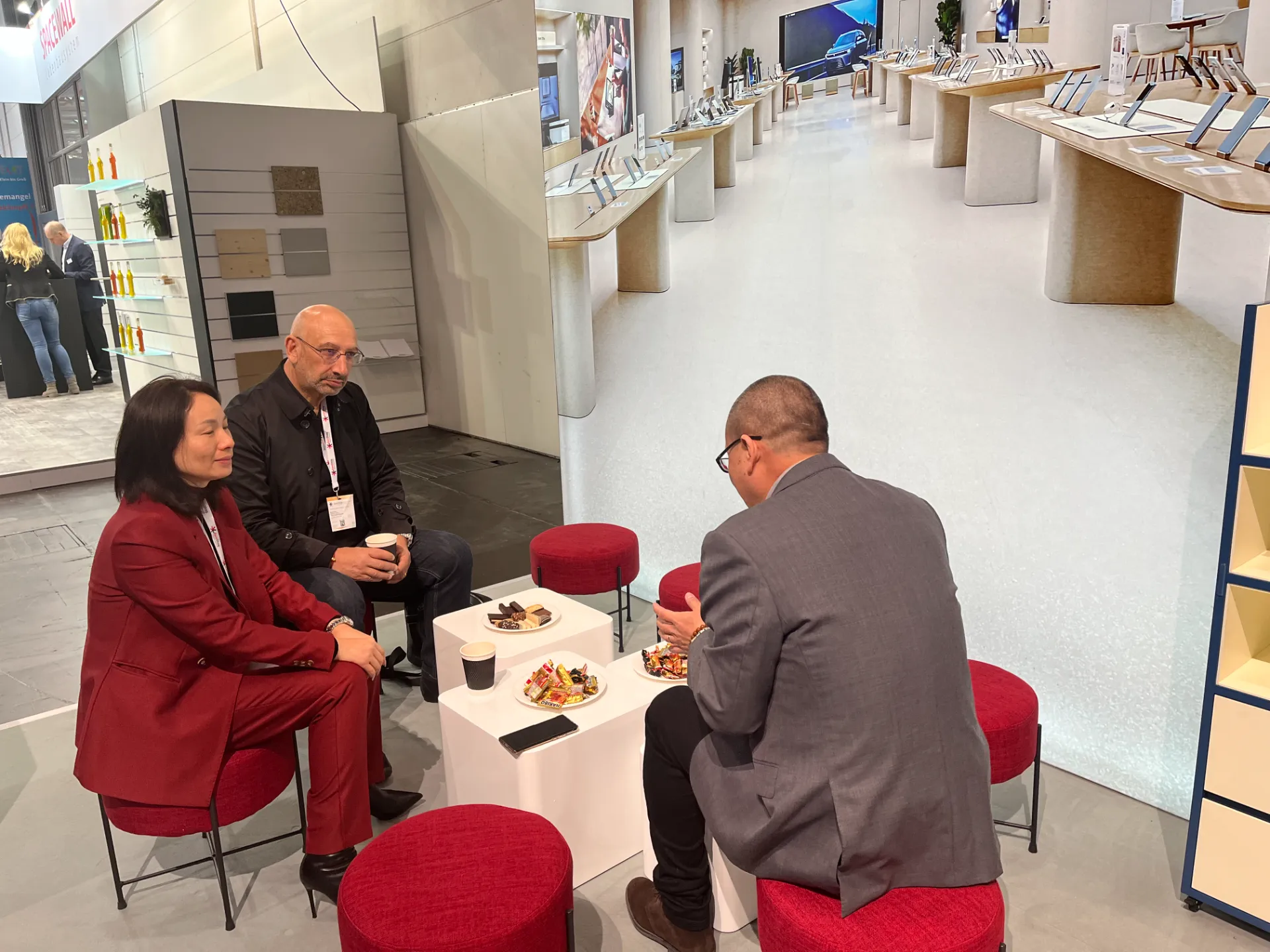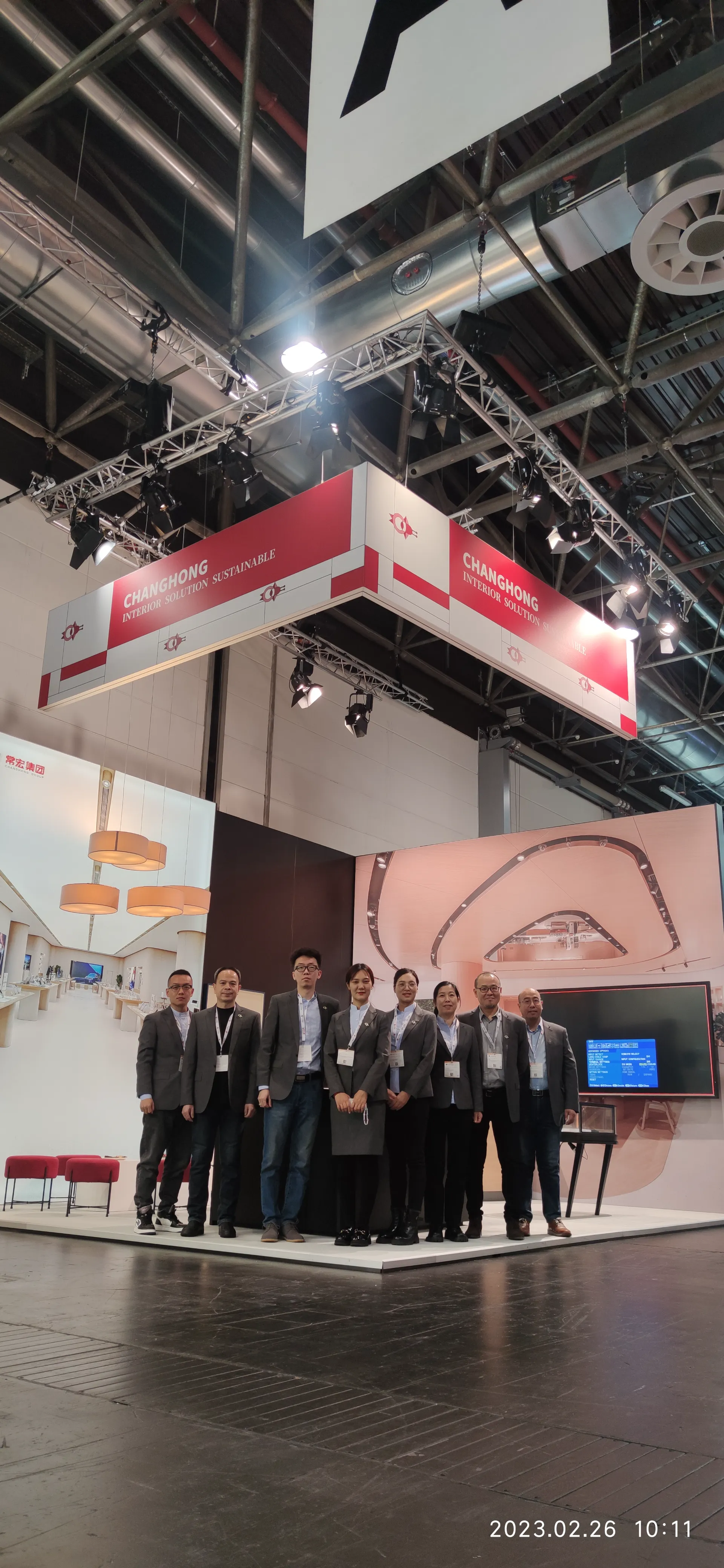Why Convenience Store Shop Fitters Matter in Today’s Retail World
Ever wandered into your local convenience store and marveled at how everything seems perfectly placed? From those neatly stacked shelves to strategically positioned checkout counters, there’s a sort of invisible hand behind it all. That’s where
convenience store shop fitters come into play, shaping retail interiors globally with their expertise.
In real terms, shop fitters aren’t just about aesthetics. They help create functional, inviting environments that boost sales, enhance customer comfort, and improve operational flow. As the retail sector grows and competition heats up worldwide, their role becomes even more crucial. Plus, with more people turning to convenience stores for quick needs, the design and layout directly influence retail success.
Mini takeaway: Understanding the craft of convenience store shop fitters reveals a vital link between retail success and smart space design — something that’s often overlooked.
Global Context: Why the World Needs Skilled Convenience Store Shop Fitters
The global convenience store market is projected to reach USD 3.4 trillion by 2026, per industry forecasts. That’s huge — which means more stores popping up everywhere: in buzzing city centers, sleepy suburbs, and emerging markets from Asia to Africa. The United Nations data also shows urban populations increasing rapidly; with urban consumers demanding fast, easy shopping, the role of effective shop fitting is critical.
However, there is a challenge: many stores struggle to optimize space that is often quite small — say 800 to 1,200 sq. ft. or even less — but still need to stock a diverse range of products. Add to that durability demands, energy efficiency, and an evolving product mix. And voila, you get a puzzle only expert fitters can solve effectively.
Mini takeaway: Convenience store shop fitters address the universal challenge of maximizing small retail spaces while offering a seamless shopping experience.
What Exactly Are Convenience Store Shop Fitters?
Simply put, convenience store shop fitters are specialized professionals or firms who design, install, and sometimes maintain the physical interiors of convenience retail outlets. This includes everything from shelving units, display cases, and counter fittings to lighting and signage systems.
Their work revolves around balancing customer accessibility, product visibility, safety, and store branding. They stand at the crossroads where retail meets interior design and logistics — an oddly specific niche that, frankly, can make or break a store’s vibe.
It also ties into broader industrial needs: modular designs help stores open fast in new markets or recover swiftly after disasters, supporting humanitarian objectives. So they’re not just decorators but critical players in retail resilience too.
Mini takeaway: Convenience store shop fitters merge design, engineering, and retail strategy to create efficient and attractive store environments.
Core Components of Effective Convenience Store Shop Fitting
1. Durability and Material Quality
In retail, wear-and-tear is constant. These fitters often select steel, hardwood, or heavy-duty plastics that hold up under daily hustle. You want shelves that won’t sag after a few months or displays that stay sturdy if bumped.
2. Space Optimization
Think vertically and horizontally. From clever shelving angles to multi-tiered displays, the goal is to stock maximum items without crowding. Clever space design ensures customers can move smoothly — which, oddly enough, lowers stress and improves sales.
3. Cost Efficiency
Budgets aren’t infinite. Many fitters employ modular or prefabricated units to cut costs and speed installation but keep customization options. This also means easier upgrades in the future.
4. Visual Merchandising Integration
Beyond just fitting shelves, fitters understand lighting, color, and product placement psychology — essentially, how to make products pop and draw eyes without overwhelming.
5. Sustainability
New regulations and consumer awareness mean many shop fitters use recycled materials or low-emission paints. Energy-efficient LED lighting and recyclable shelving are common choices as well.
Mini takeaway: A convenience store’s success is as much about smart, sturdy infrastructure as it is about what's stocked on its shelves.
Global Applications & Who Benefits
Supply chains and store fitments developed by these shop fitters show remarkable adaptability worldwide. For instance:
- Urban Asia: Countries like Japan and South Korea rely on highly compact and efficient store layouts — sometimes as small as 500 sq. ft. — designed by experts focusing on maximizing customer flow during rush hour.
- Post-disaster deployments: In places recovering from natural disasters (e.g., Hurricane-affected Caribbean islands), quick, modular convenience stores can restore vital supply access, thanks to pre-fitted interiors designed for rapid setup.
- Remote industrial zones: In Canada and Australia’s mining towns, convenience stores adapted by fitters offer essentials in harsh environments, ensuring durability alongside convenience for workers.
Organizations like ISO help standardize materials and safety standards globally, raising the bar for shop fitters by creating trust and consistency.
Mini takeaway: Whether serving remote workers or city dwellers, convenience store shop fitters provide scalable solutions fitting diverse needs across the globe.
Why Invest in Professional Convenience Store Shop Fitters?
Investing in experienced shop fitters pays off in several tangible ways:
- Cost savings: By preventing frequent refurbishments and reducing wasted space, stores can save thousands annually.
- Sustainability: Eco-friendly designs lower energy bills and environmental footprints.
- Customer well-being: Thoughtful layouts reduce congestion, enhance safety, and create pleasant shopping — which translates to higher loyalty.
- Brand consistency: Uniformed interiors across chains promote trust and brand recognition.
On an emotional level, customers notice and appreciate a safe, clean environment. Staff benefit too, with ergonomically designed counters and storage optimizing workflow and reducing fatigue. It’s a quiet behind-the-scenes win for retail morale.
Mini takeaway: Convenience store shop fitters don’t just build shelves; they build value, trust, and sustainability.
Where Convenience Store Shop Fitting Is Heading
Looking ahead, several trends are eye-catching:
- Digital integration: Smart shelving with built-in sensors to track stock and customer interaction.
- Sustainable materials: Bamboo composites, biodegradable laminates, and zero-VOC finishes.
- Automation: Robotic inventory restocking and modular shoplets pioneered by some countries.
- Energy efficiency: Solar-paneled storefronts coupled with LED tech reducing operational overhead.
As retailers embrace omnichannel sales (online and offline combos), flexible interiors will allow rapid reconfiguration — a game-changer. All this innovation means the shop fitting industry is getting seriously interesting, fast.
Mini takeaway: The future is modular, smart, and sustainable — convenience store shop fitters will evolve alongside.
Overcoming Current Challenges
Sure, not every store gets a tailor-made fitout due to costs or logistics. Some common issues:
- Limited budgets restrict high-grade materials or customization.
- Rapid market changes mean installed fittings can become obsolete quickly.
- Regulatory hurdles across regions complicate installation and material choices.
To tackle these, expert fitters recommend:
- Prefabricated modules that can be upgraded as budgets allow.
- Open collaboration with suppliers and architects to future-proof designs.
- Adhering to international quality standards (e.g., ISO 9001, ISO 14001) to ensure consistency and compliance.
Some firms also champion leasing or financing fitouts to spread costs — a clever workaround.
Mini takeaway: Thoughtful planning and collaboration help overcome constraints to deliver better convenience store environments.
Product Specification Table
| Specification |
Details |
| Material Types |
Steel, hardwood laminate, recyclable plastics |
| Shelf Weight Capacity |
Up to 100 kg per shelf |
| Lighting |
LED integrated with motion sensors |
| Installation Time |
3-7 days for a standard 1,000 sq.ft. store |
| Energy Efficiency |
Class A+ certified fittings and lighting |
Vendor Comparison Table
| Vendor |
Custom Design Options |
Eco-friendly Materials |
Installation Speed |
After-Sales Support |
| FittersCo |
High |
Yes |
5 days |
24/7 |
| RetailFitters Ltd. |
Medium |
No |
7 days |
Business hours |
| EcoStore Fits |
High |
Yes (100%) |
6 days |
Extended warranty |
FAQs: Your Questions About Convenience Store Shop Fitters Answered
-
Q: How long does it usually take to fit out a convenience store?
A: Typically, a standard 1,000 sq.ft. store fitout by experienced shop fitters takes about 3 to 7 days depending on complexity and customization. Fast installation is key to minimize downtime.
-
Q: Are modular shop fittings really cost-effective?
A: Yes, modular fittings reduce both upfront costs and future refurbishing expenses. They allow easy reconfiguration and typically use prefabricated materials that save time and money.
-
Q: Can I use eco-friendly materials in convenience store fitouts?
A: Absolutely. Many fitters now specialize in sustainable materials like recycled plastics, bamboo laminates, and low-VOC paints, which not only reduce environmental impact but often improve store ambience.
-
Q: What are common challenges when installing shop fittings internationally?
A: Regulatory compliance and shipping logistics often complicate international fitouts. Partnering with local experts and ensuring materials meet international standards (such as ISO certifications) helps smooth the process.
Wrapping It Up: The Big Picture on Convenience Store Shop Fitters
Looking back, the humble convenience store shop fitter is a behind-the-scenes hero of retail, quietly shaping spaces that millions rely on daily. Their skill set is a cocktail of design savvy, material science, and logistical planning, all blended to create stores that are durable, attractive, and smart. Whether it’s the latest automated shelving or eco-conscious materials, their craft keeps evolving.
If you’re a retailer or business owner, partnering with seasoned shop fitters can transform not just your footprint but your bottom line too.
For tailored solutions and expert fitouts, do check out
convenience store shop fitters who specialize in this niche.
---
### References:
1. United Nations, World Urbanization Prospects: https://population.un.org/wup/
2. ISO Standards for Retail Interiors: https://www.iso.org/iso-9001-quality-management.html
3. Global Convenience Store Market Report, 2023




